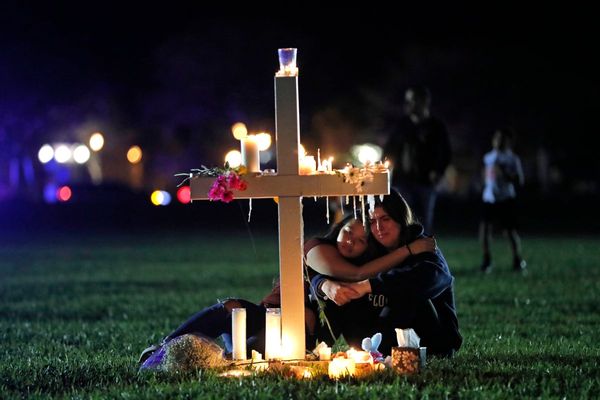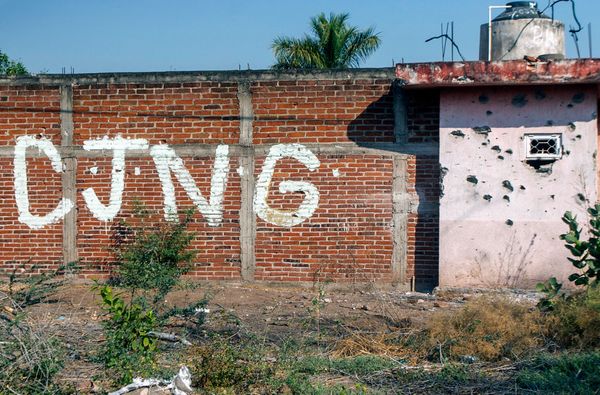
All things considered, we Jews haven’t done too bad. Not that you need reminding. Every corner of the internet, from Reddit to X, is desperate to point out that Jewish people are apparently in control of the banks, Hollywood, the government and, ahem, art criticism. That’s the price you pay for being a successful immigrant.
And that success is nothing new. Swiss-French photographer Hélène Binet’s latest body of work documents a sweeping array of opulent, lavish country houses owned or built by Jews across Europe. Bankers, textile merchants, stockbrokers, politicians, the story of post-medieval Jewry is a tale filled with an awful lot of high achievers, and they built themselves some seriously swanky houses. A selection of Binet’s images has been hung in the most appropriate of settings; Waddesdon Manor, the wildly over the top 19th-century weekend party house of Baron Ferdinand de Rothschild.
Binet’s photographs are quiet, austere but hugely detailed. Shadowy, stark, bleak images show ceilings slathered in cherubim and curlicues, columns carved to ornate perfection, and complex, chaotic marble. It’s not all overblown English romanticism. There are modernist masterpieces in Czechia, villas in Greece, Italy and Germany. The styles are as varied as the locations and the eras.
No expense needed to be spared in building these houses. They were symbols of staggering success. But they’re also symbols of integration: Moses Montefiore built East Cliff Lodge in Ramsgate and Benjamin Disraeli remodelled Hughenden Manor in Buckinghamshire because they could, because they were accepted, because they’d overcome their basic and essentially vast cultural differences with the rest of British society. These houses say: “We’re here, we made it, we’re not so different from you.”
History has proved just how hubristic that is, and the real symbolic power here is that time hasn’t been kind to most of these houses. The painted walls of the Liebermann Villa in Berlin, owned by the painter Max Liebermann, are faded and pale. The ceiling fresco of Leopoldo Franchetti’s Villa Montesca in Perugia is cracked and peeling. The mausoleum at East Cliff Lodge is all that remains of the house, the rest destroyed long ago.
At the same time, the work doesn’t exactly tug on any heartstrings or have a big emotional pull because it’s hard to have sympathy, or really any kinship, with the super rich. Oh boohoo, you’ve got moss on the roof of your mansion, your caviar’s gone off. And that’s an interesting way to approach Jewish narratives, because so much of what we hear about in the history of Jews – from Schindler’s List to the works of Primo Levi or Hannah Arendt – is told through tales of pogroms, destitution and desperate migration, of society’s most vulnerable groups facing untold suffering.
This is more about empire building, about legacy and success and financial strength being accumulated and slowly falling apart. Each photo here depicts a mini Roman empire that flourished and soon faded; these are textile tycoons, banking magnates, capitalist pioneers reaching their pinnacles before, almost inevitably, crashing to the ground. The difference is that those empires were built in a hostile environment.
This show inarguably works much better as a book than a small exhibition. They’re images that benefit way more from being studied in print than quickly glimpsed on a wall. And the photos are dwarfed by their surroundings at Waddesdon Manor, so it’s not a massive success as a show. But they are disquietingly haunted photos, filled with cracked plaster, crumbling stone, dusty floors and moss-covered dereliction. They’re portraits of grandeur and largesse, of what it means for an immigrant to not only make it in a new society, but to reach the very top.
But they also feel like a terrifying warning that no matter how well you do, you can lose it all; no matter how accepted you feel, how much money you make, how much power you exert, you’ll never truly fit in. You’ll still be just an immigrant – just a Jew.







